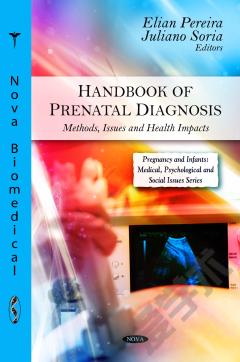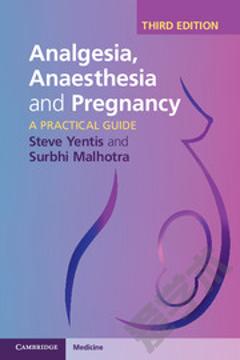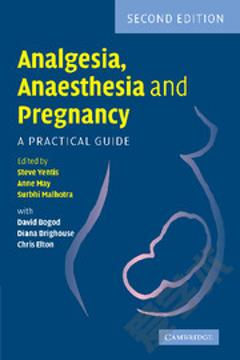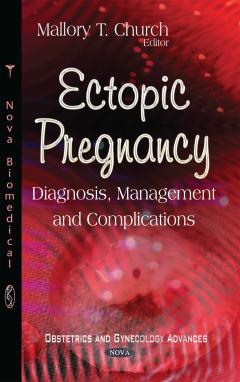Handbook of Prenatal Diagnosis: Methods, Issues and Health Impacts
Prenatal diagnosis is a method to detect fetal disease before delivery. Ideally, prevention of fetal exposure to harmful influences begins before conception because all major organ systems develop early in pregnancy, often before a woman realizes that she is pregnant. Prenatal diagnosis is composed of non-invasive and invasive methods. This book summarizes recent developments in the field of non-invasive prenatal diagnosis (NIPD) through the use of fetal cells and ffDNA in maternal circulation during pregnancy and provides an overview of the possibilities for future clinical applications. The various options for prenatal screening for Down Syndrome (DS) is also outlined, in addition to current research efforts made to improve non-invasive prenatal diagnosis based on fetal cells, cell free fetal DNA and proteins present in maternal circulation. Additionally, this book gives an overview of essential aspects of primary prevention efforts and effecting factors including age and socio-demographical factors, obstetric history, maternal medical conditions, genetic disorders, psycho-social issues and infections and vaccination. Other chapters in this book discuss the close correlation between hypertensive dysfunction in pregnancy and the development of cardiovascular diseases, the various techniques and applications of MRI in fetal imaging, a review of prenatal genetic diagnosis (PGD), the relation between antithrombin congenital deficiency and high risk miscarriages and recurrent abortions, and a review of literature on arthrogryposis multiplex congenita, the occurrence of multiple joint contractures at birth.
{{comment.content}}








 京公网安备 11010802027623号
京公网安备 11010802027623号